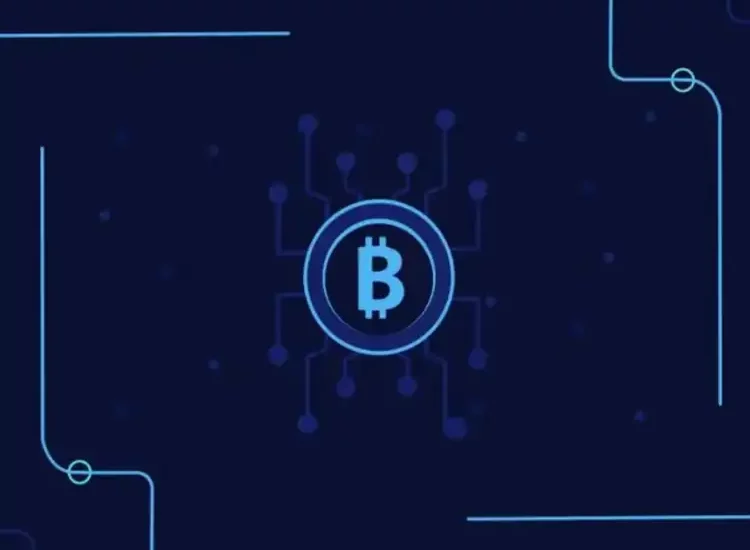The world of blockchain technology has seen remarkable growth over the past few years. From cryptocurrencies to decentralized apps (dApps), blockchain has been a game-changer in various sectors of the economy. One of the less explored but increasingly relevant aspects of blockchain technology is its use in creating interactive data visualization tools, specifically, interactive JavaScript charts built on Scalable Vector Graphics (SVG).
What is SVG?
Scalable Vector Graphics (SVG) is an XML-based vector image format for two-dimensional graphics, with support for interactivity and animation. SVG images and their behaviors defined in XML text files. This means they can be searched, indexed, scripted, and compressed. SVG is a standard format created by the World Wide Web Consortium (W3C) and is supported by all modern web browsers.
Unlike raster graphics (like JPEG or PNG), which store images as a grid of pixels, SVGs store information as a set of vectors. This means they can be scaled up or down in size without losing any quality, making them a great choice for responsive web design.
JavaScript and SVG in Blockchain Projects
JavaScript, a high-level programming language, widely used to make web pages interactive. By combining JavaScript with SVG, developers can create dynamic, interactive graphics and data visualizations that can be easily integrated into a webpage.
Now, let’s explore how blockchain projects are leveraging this powerful combination. The integration of SVG charts into blockchain platforms is highly beneficial for users, as they provide a visual and interactive way to interpret complex blockchain data.
Blockchain Analytics Platforms
Several blockchain analytics platforms have begun using interactive JavaScript SVG charts to visualize blockchain transactions and activities. These platforms offer comprehensive data insights to users in an easily digestible format, such as pie charts, bar graphs, and line graphs.
For example, imagine a blockchain analytics platform tracking Bitcoin transactions. The platform could use an interactive JavaScript SVG chart to display the number of transactions per day over time. Users could hover over the graph to see the exact number of transactions on any given day, or click to zoom in on a specific period. This type of dynamic, interactive visualization makes it easier for users to understand patterns and trends in the data.
Decentralized Finance (DeFi) Platforms
Decentralized finance, or DeFi, is another area where interactive JavaScript SVG charts are becoming increasingly popular. DeFi platforms often need to display complex financial data to users, such as token prices, lending rates, and liquidity pools. By using interactive SVG charts, these platforms can provide a more user-friendly experience.
For instance, a DeFi lending platform might use a line chart to show the interest rates over time for different cryptocurrencies. By making the chart interactive, users could hover over any point on the line to see the exact interest rate on that day. They could also click on different cryptocurrencies to switch between different data sets. This allows users to quickly and easily compare interest rates, helping them make informed decisions about their investments.
Blockchain Explorers
Blockchain explorers are another area where SVG charts have proven to be immensely beneficial. These platforms allow users to explore all the transactions that have ever taken place on a blockchain. Interactive SVG charts can help users understand the large and complex datasets involved.
For instance, a blockchain explorer could use a pie chart to show the distribution of a cryptocurrency’s total supply. By hovering over different sections of the pie, users could see the exact amount of the cryptocurrency held by each address. This interactive visualization would provide a much clearer picture of the cryptocurrency’s distribution than a simple list of addresses and balances.
Conclusion
In conclusion, the integration of JavaScript and SVG in blockchain projects is an innovative step towards enhancing user interaction and data comprehension. These dynamic, interactive charts are a powerful tool formaking blockchain data more accessible and understandable to users.
As blockchain technologies continue to evolve and become increasingly ingrained in our daily lives, it is essential for us to develop tools that can simplify and elucidate these complex systems. The use of interactive JavaScript SVG charts in blockchain projects is a prime example of this, turning intimidating data sets into user-friendly visualizations.
Moreover, the use of SVG ensures that these visualizations are not only interactive but also responsive, high-quality, and compatible with all modern web browsers. This makes them a highly versatile tool, suitable for a wide range of applications within the blockchain sphere.
Also, as we move forward, we can expect to see an even greater adoption of interactive JavaScript SVG charts in blockchain projects. These tools offer a unique opportunity to bridge the gap between advanced blockchain technology and the average user, making it easier for everyone to engage with and benefit from this revolutionary technology.
Whether you’re a blockchain developer looking to improve your platform’s user interface, or a blockchain enthusiast trying to understand the latest trends, keep an eye out for the innovative use of JavaScript and SVG. It’s not just about making data look good – it’s about making blockchain accessible to the world.
